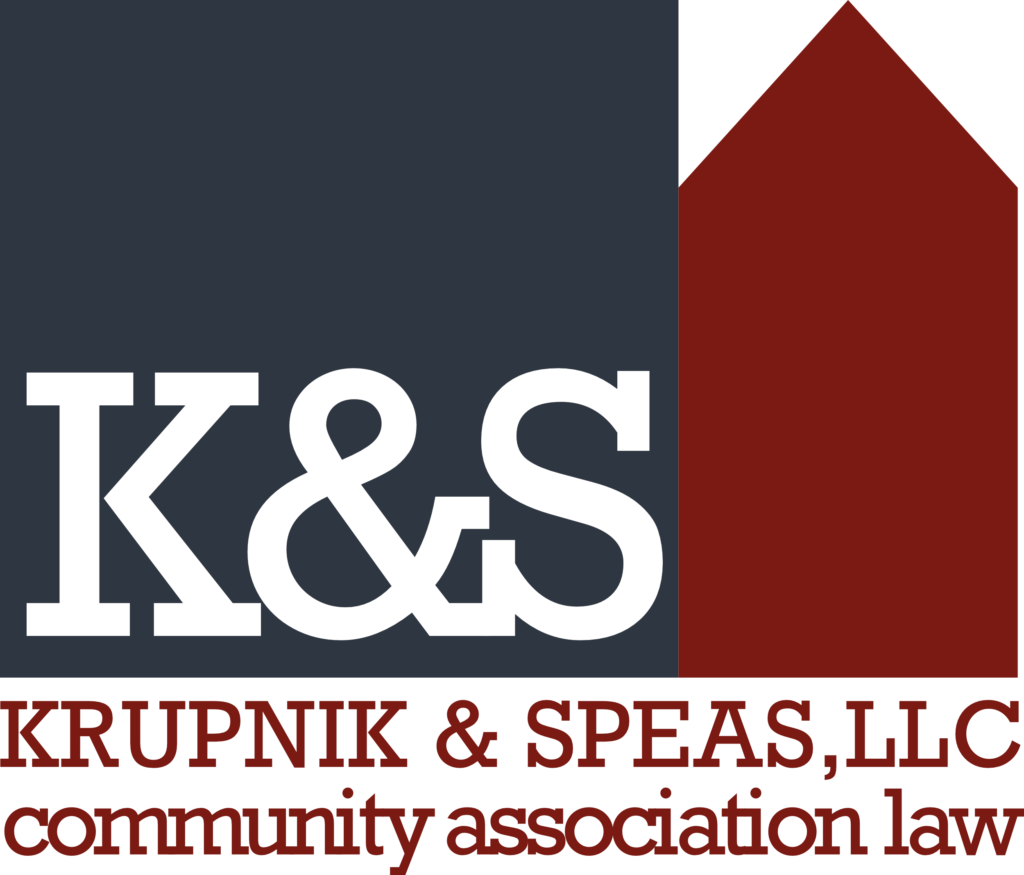Appropriate insurance is very important for associations, to protect not only the association as a whole, but the individual board members who are volunteering their time to serve the association. When evaluating insurance, keep the following information in mind:
1. Understand what types of insurance exist.
(A) General Liability Insurance – Liability insurance insures against third party claims arising from alleged bodily injury or property damage to members of the public. The insurance company has the duty to defend the association against any claim that alleges injury or seeks damages regardless of whether the association is negligent. However, the association should make sure of any exclusions in coverage that exist.
(B) Personal Injury Insurance – Extends bodily injury to include false arrest, detention or imprisonment, malicious prosecution, libel, slander, defamation of character, invasion of privacy, wrongful eviction and wrongful entry. Some forms may also include coverage for humiliation and discrimination.
(C) Medical Payments – Provides coverage for medical expenses of members of the public injured on the common property, whether or not the association is liable.
(D) Directors and Officers’ (D&O) Coverage – Provides protection against claims alleging loss arising from mismanagement or wrongful act. The extent of coverage varies depending on the insurance company. Some policies cover any breach of duty, neglect, error, misstatement, misleading statement, omission or other act done or wrongfully attempted by the association (unless the act was done with criminal intent). However, other policies have many exclusions, and do not cover all acts.
(E) Fidelity (Employee Dishonesty) Coverage – Indemnifies the association for loss of money, securities, or any other property due to acts of fraud, dishonesty, forgery, theft, larceny, embezzlement, wrongful abstraction, or willful misapplication or misappropriation, or any criminal act. The association should considering naming its management company as an additional insured to this policy. If the management company were to misappropriate the association’s funds, the association may be able to recover those funds from its insurance company if the management company were named as an additional insured on the policy.
2. Make sure that the association is carrying appropriate insurance.
To make this evaluation, the association needs to evaluate the requirements of its governing documents and the law. Furthermore, the association should make sure that it is adequately covered (to both protect the association’s assets and its board members). If the association is a condominium, it has certain responsibilities to insure the condominium complex as a whole. The association needs to make sure that it is carrying all insurance that is required, both by law and by its governing documents.
3. Understand who is responsible for paying the insurance deductible.
The issue of who pays the insurance deductible becomes a much larger issues as deductibles increase. If the association carries insurance on any portion of units, the association should make sure it is clear as to who is responsible for paying the insurance deductible. If this information is not clear, the association should evaluate whether it can adopt a policy or rule setting forth this requirement, or if an amendment to the association’s governing documents is necessary.
4. Evaluate your insurance policy carefully.
Know that all insurance policies are not equal. Make sure that the policy you pick truly covers everything that the association is required to cover. Understand what exclusions exist, if any. Make sure your policy covers the defense of discrimination claims, claims that do not involve monetary damages, and contract claims.
(A) Workers’ Compensation – Insures the association against claims for work-related injuries or diseases suffered by employees that are compensable by statute and/or are imposed by law as damages. Coverage is provided for payment of medical expenses and reimbursement of lost wages. Coverage should be considered even if there are no regular employees. Protection may be needed in the event the association employs casual labor or if the association hires an independent contractor who has no insurance coverage.

